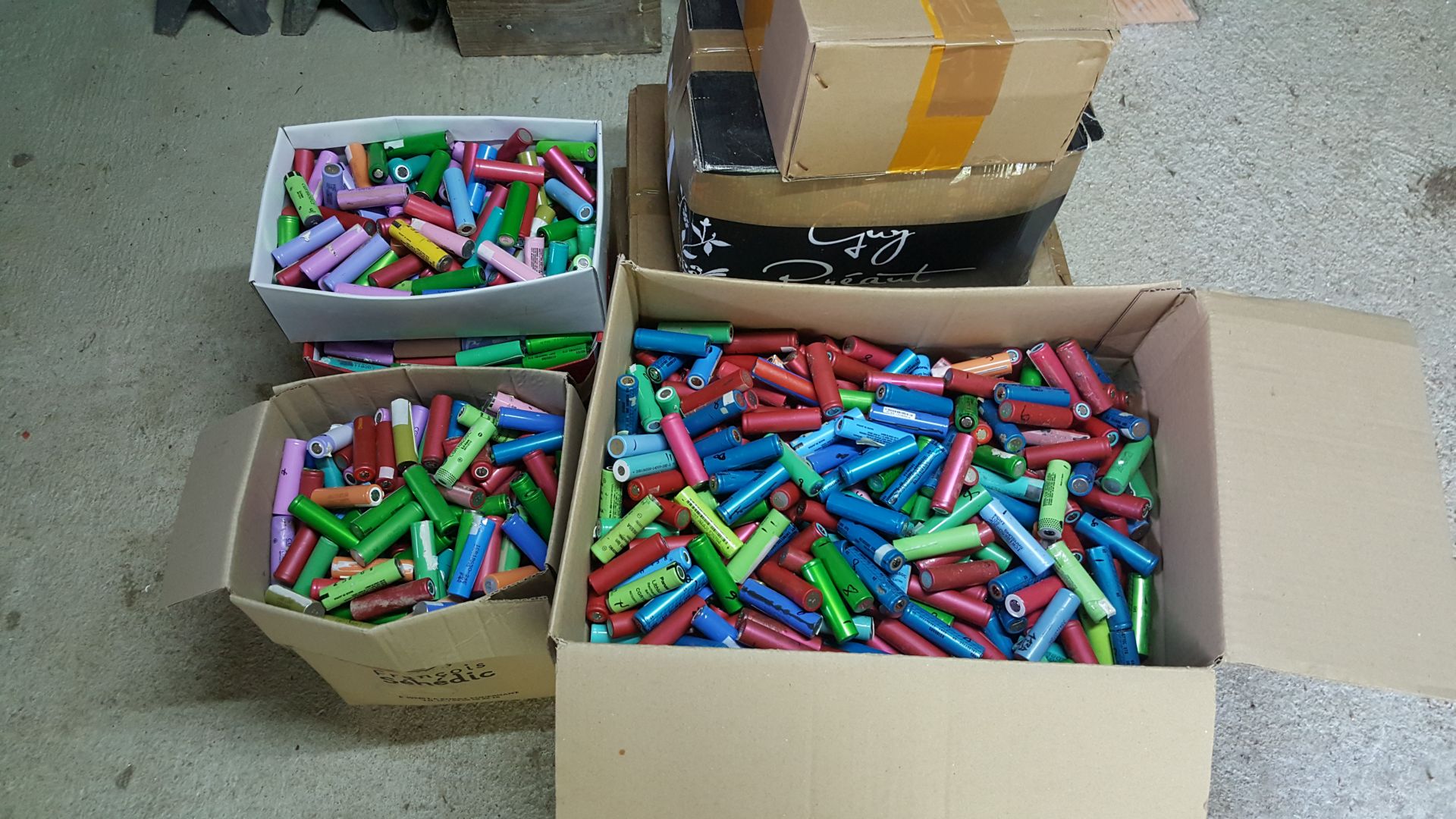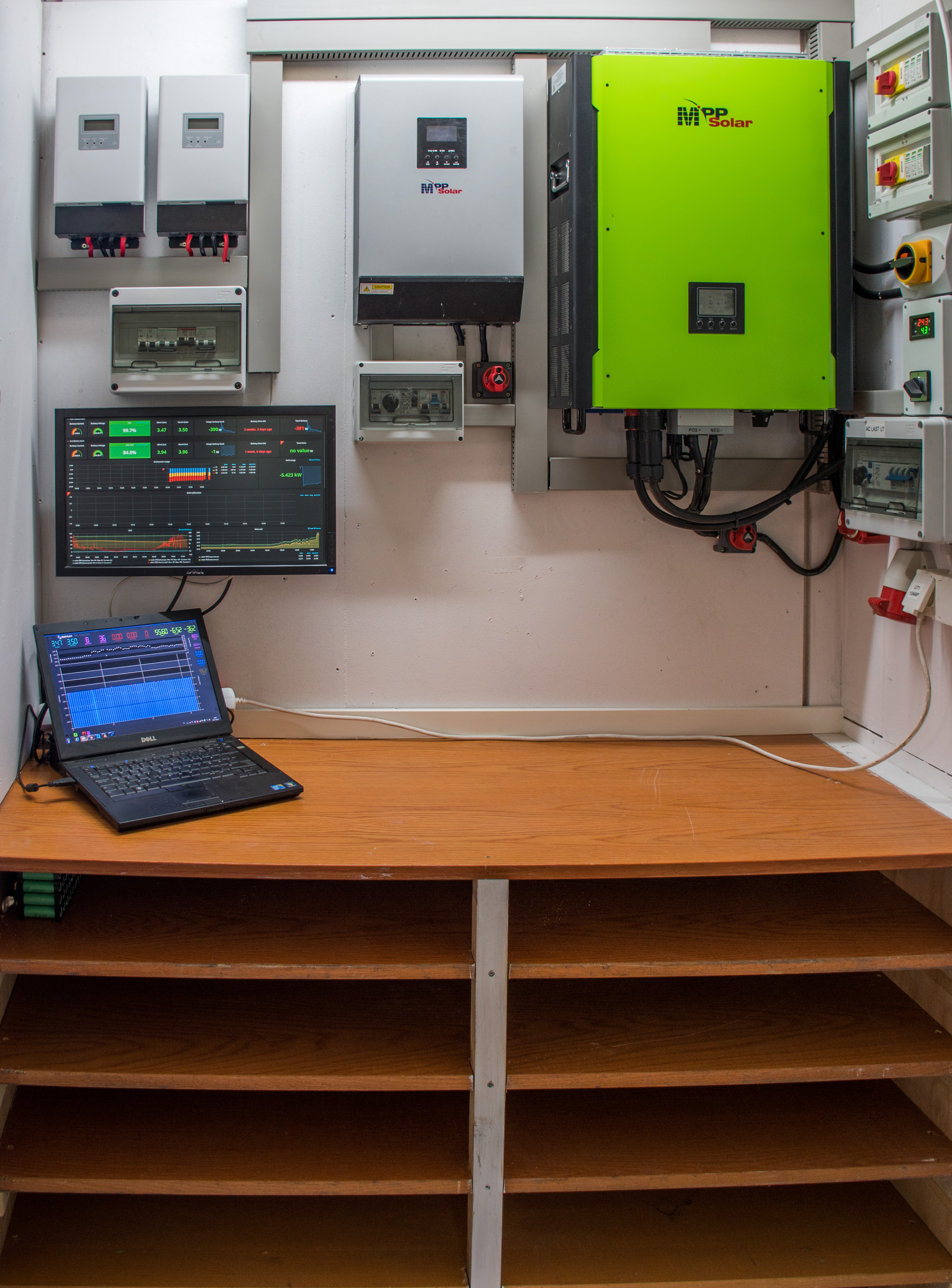Self-made home batteries for 30-100 kWh are made from batteries of discarded laptops

In May 2015, Ilon Mask presented beautiful home Powerwall blocks to store solar-powered energy from the roof — and supply the entire house with free electricity all day and night. Even in the absence of solar batteries, such backup power for the house is especially valuable if electricity was cut off in the block. The computer and all the equipment will continue to work quietly.
The second version of Powerwall stores up to 13.5 kWh, which should be enough for several hours (the standard power is 5 kW, and at the peak is 7 kW). The only problem is that the original Tesla version costs as much as $ 5,500 (plus $ 700 for related equipment, totaling $ 6,200, plus installation work costs from $ 800 to $ 2,000) - very expensive. DIY makers solved this problem with the help of the reusable batteries, which are free of charge in discarded laptops.
Do-it-yourself can assemble a unit with better performance than Tesla (for example, 30-100 kWh) - and much cheaper.
DIY assembly enthusiasts share their experience in specialized DIY Powerwalls forums, in a group on Facebook and on YouTube . A special section on the forums is dedicated to security - this is an important aspect when you collect such a powerful piece that can also catch fire on the street (they are usually installed outside the house so as not to break the law and out of security).
For makers, assembling and connecting such a power supply is not only an interesting exercise and saving money, but also an opportunity to figure out how an electrician works in a house.
Almost all enthusiasts in the comments Motherboard noted that their own systems are obtained much more capacity than Tesla. Probably, the company sacrificed capacity for the beautiful delicate design of the power supply and for the sake of greater cooling and safety efficiency. One of the French makers from the forum under the nickname Glubux assembled a 28 kWh unit. He says that this is enough for the whole house, and even had to buy an electric oven and an induction stove to spend the excess energy somewhere.
Australian maker Peter Matthews has assembled a 40 kWh unit, which is powered by 40 solar panels on the roof, since there is no shortage of sunny days in Australia.
The largest self-made unit, which the Motherboard managed to find, is assembled from 22,500 cells from laptops and has a capacity of more than 100 kWh. From such a unit a small house can work for several months - for example, all winter - even if the solar panels are completely out of order or inactive.

And Californian blogger Jehu Garcia intends to assemble a 1 megawatt system from laptop batteries, the largest such system of private energy storage in the United States.
Most enthusiasts use a model 18650 lithium-ion battery when assembling. They are usually packaged in colored plastic cases and installed in laptops and other electronics. The new 18650 batteries cost about $ 5 each, so the system will be a little cheaper than the Tesla model. Therefore, collectors usually buy used batteries and remove batteries from discarded broken laptops. Unfortunately, many people just throw batteries together with a broken laptop, although they are still quite working. According to the director of Call2Recycle, the largest battery recycling company in the United States, about 95% of batteries are not reused, but end up in a landfill, although almost all types of batteries can be reused in one form or another.

Finding a sufficient amount of discarded equipment is not so easy, and recently it has become even more difficult, because many people began to assemble their own energy systems like Powerwall, and laptop manufacturers generally do not encourage the reuse of their batteries in self-made vehicles.
After finding the batteries, they are tested, then “updated” through cycling with full discharge. Then the battery combines the "packaging". Such boxes for hundreds of batteries can be bought on the market or assembled on your own. Electroconductive copper busbars ( busbars ) are attached to the top, and the battery contacts are soldered to them.
The entire structure is attached to the inverter and mounted in a rack, which is usually installed on the street. You can install a monitoring system there to monitor the temperature with automatic shutdown of energy banks that have become too hot.
An entire community of makers from all over the world, who are constructing such “rechargeable home farms” from old laptop batteries to store electricity from solar panels, have already formed. The community brings together enthusiasts from around the world, sharing their experiences and tips on safety, engineering systems, compatibility of different types of batteries, etc. The success and safety of Powerwall has proven that these are truly safe systems suitable for permanent long-term use (Powerwall has a 10-year warranty ).
All Articles